Confusion around carbs is everywhere. One question is whether simple carbs from fruits, or complex ones from grains and starches, are superior. Luckily, we find simple and reliable answers in our evolutionary past – because nothing makes sense in biology (and nutrition) except in the light of evolution!
For quick readers:
What is healthier: Carbohydrates from fruits or grains? Fruits, which contain simple, sweet carbs, are biologically more suitable for humans than the complex carbs found in grains and starches. The reason is found in our evolutionary past. We are adapted to digest fruits and simple carbs, but not grains. Grain also contains a substantial amount of anti-nutrients to which humans are not adapted. This is why we need to cook grains to turn them edible. Grains were a cooked substitute carb source in regions where nutritious tropical fruits are not available. If you aim to adopt a diet that is more biologically appropriate for humans, our species-specific diet, you might replace the carbs from grains with the carbs of sweet tropical fruits – if available.
Fruits and grains contain different types of carbs
Plants provide us with energetic nutrition: carbohydrates! The sheer existence of the energetic molecules is a small miracle: green parts of plants capture sunlight and convert it into a chemical form. Sugar molecules carry nothing less than transformed photonic energy in a way that can power all of our body’s processes and metabolism.
The two main energetic carbohydrate sources in plant foods are:

“Simple carbs”: mono- and disaccharides like glucose, fructose, sucrose
“Complex carbs”: polysaccharides, like amylose and amylopectin
1. Simple Carbs
Simple carbs taste sweet and are naturally found mainly in fruits, honey, but also other plant parts. They are easily digested and absorbed in our digestive system.
2. Complex Carbs
Complex carbs do not taste sweet. They are basically long, complex chains of simple sugar units. Edible, complex carbs are found in starches, grain, root vegetables, etc., and have to be broken down by enzymes in the digestive tract before they can be absorbed and used for energy.
Fruits contain simple carbs, grains and starches contain complex carbs
Cooked grains and starches are concentrated, complex (non-sweet) carbs. Fruits contain simple carbs that taste sweet and, in their raw form, retain all of the important nutrients for species that originally had a high-fruit diet (see the example of the loss of Vitamin C production in frugivores).
Humans, like most primates, are biological frugivores (fruit-eaters). Humans are not adapted to digest grains like granivores (grain-eaters)! Frugivorous species, like chimpanzees, are well-adapted to foraging fruits and obtaining their energy (simple sugars) and nutrients from fruits. Apes (including humans) are sweet-lovers for a good reason!
The grains we consume today are the result of thousands of years of cultivation, selective breeding, and, finally, the process of cooking to make the otherwise inedible food group edible. In contrast, most fruits (particularly tropical fruits) are edible for humans – straight from nature!
Why are fruits a superior source of carbs to grains for humans?
Fruits are our evolutionary food, while grains are not. This has several implications:
- Evolutionary adaptations: Humans are specialized fruit-eaters (frugivorous omnivores), which is why we are naturally attracted to fruits as food sources. Grains, on the other hand, are not biologically appropriate foods for our species. This is why we do not recognize grains as food in nature instinctively – but we identify fruits as foods!
- Anti-nutrients: Fruits do not contain anti-nutrients. Read more here.
- Toxicity: Fruits do not contain plant-protective toxins. Grains contain self-protective phytochemicals (toxins) that we are not adapted to eat.
- Taste: Fruits are edible and tasty raw. Humans have evolved taste receptors for sweetness to detect nutritious simple sugars in fruits. Complex carbs in grains taste bland.
- Energy: Simple sugars from fruits are sweet and a naturally available energy source for frugivores.
- Nutrients: Fruits are edible raw and thus still contain intact enzymes and heat-sensitive vitamins. Raw grains are not edible for us, nor appealing.

Not convinced yet? Let’s explore this in more depth:
Bringing light into the darkness of carbohydrates
The question around simple vs. complex sugars frequently emerges: which source is better for us?
There is so much confusion around carbs that recommendations change every few years. At times there seems to be a war on sugar, but carbs are our primary energetic nutrient! Even fruits – once known to be highly beneficial by everyone – are under attack: the “sugar is toxic“-myth and keto hype have done their damage and made man distrust their natural instincts. Read about the metabolic benefits of fructose from fruits here.
How can we know what is true? Low-carb, high-carb, whole-grain complex carbs, low-glycemic foods, avoiding sweet fruits? The chaos around carbohydrate info is complete! Unfortunately, here is where people give up trying to seek what a healthy diet looks like!
Luckily, when we get lost in details, biology and evolution offer clear answers by looking at the bigger picture!
Humans are fruit-eaters, not grain-eaters
Humans are biological frugivores and, as such, are not adapted to eating grain but adapted to eating large amounts of ripe, sweet fruits with simple sugars! Specifically, tropical fruits have evolved as a food source for primates and apes. On the other hand, complex carbs from grains offer a similar amount of calories and actual sugar molecules, but as they seeds contain anti-nutrients or even toxic compounds, depending on the plant species (see below)!
Granivores are animals that have evolved to forage for grains and tolerate the plant-protective compounds found in their preferred food source. We call those compounds “anti-nutrients” because for humans, they are harmful or even toxic (see below). Humans cannot eat most grains in their raw state because we have not done so in our evolutionary history!
Granivores: grain-eating animals
Granivores: Many birds and insects are granivorous animals. Birds have evolved beaks that are efficient in crushing hard objects and a digestive tract that allows them to eat grains and seeds. Insects like grasshoppers also have adaptive mechanisms to eating grains containing toxic secondary plant metabolites – in their own particular shape and functions, different animals are successful and well-adapted to their food source.
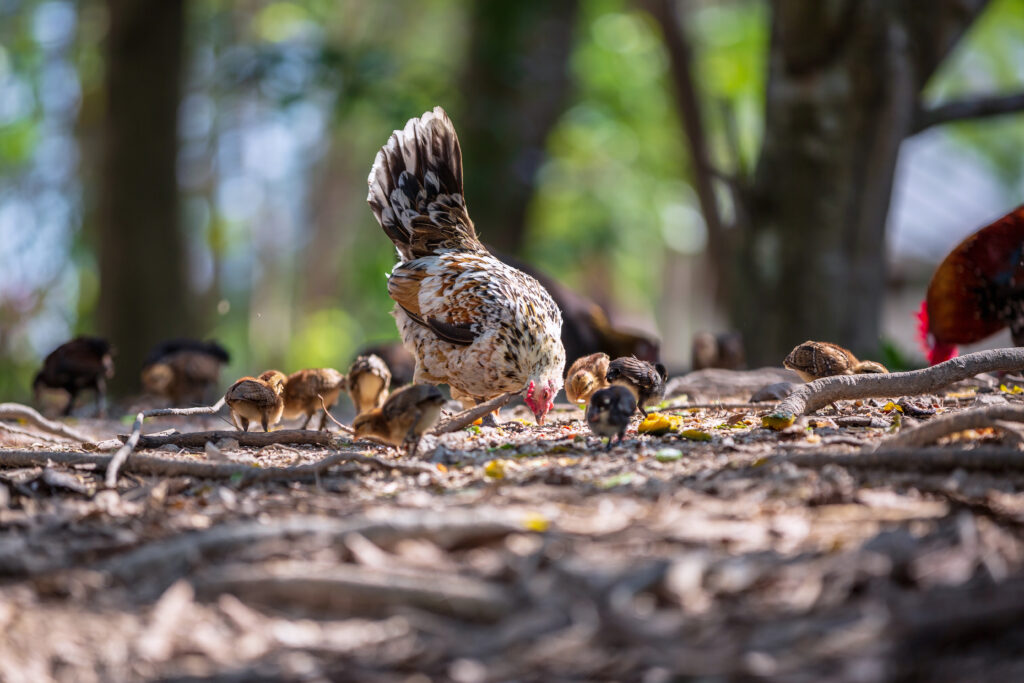
Granivorous birds: We all know chickens find seeds and grains with their beaks as foraging tools and their instincts. Humans are not equipped to eat grains, nor are we appealed to or pleased by grains as foods – in contrast to animals that have evolved as grain-eaters.
Frugivores: fruit-eating animals
Frugivores: Most primates, including many macaques, chimpanzees, and humans, are not grain-eaters but specialized in foraging fruits!
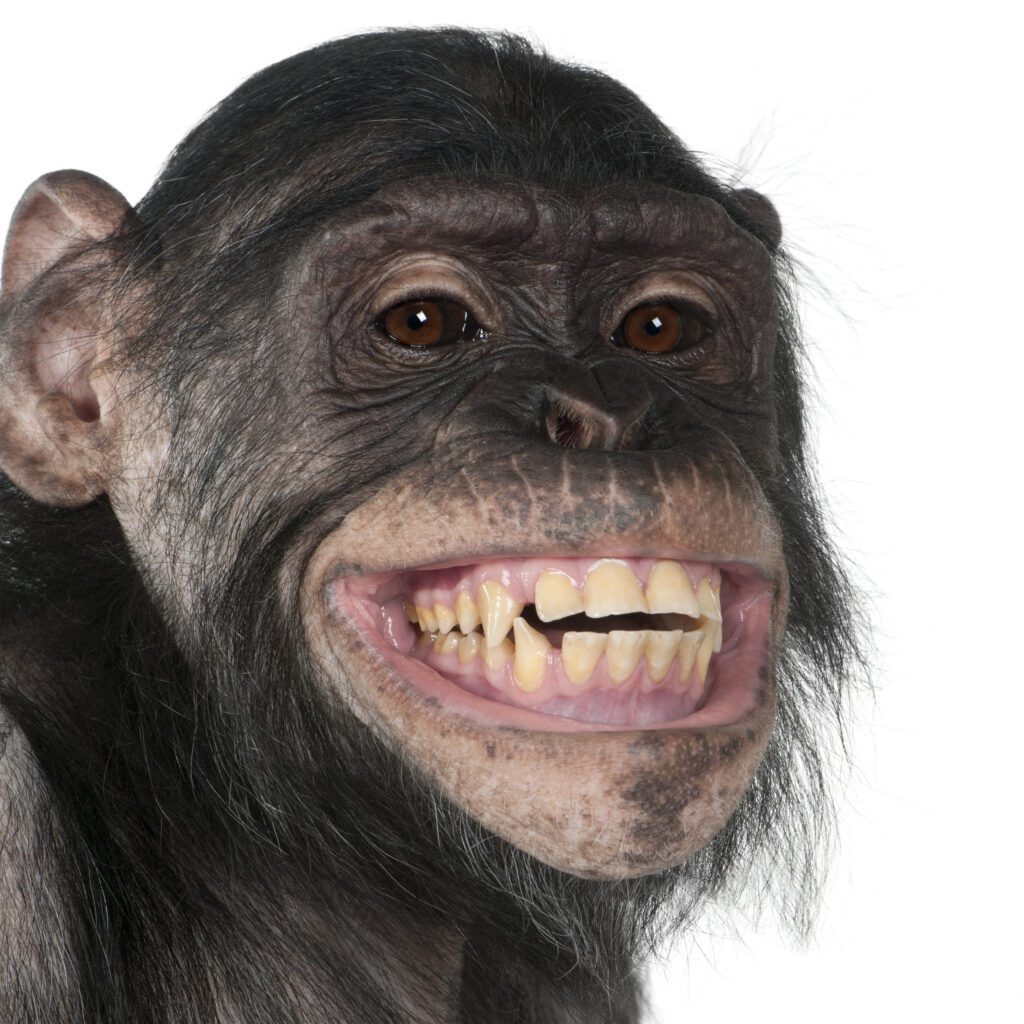
While frugivores do eat the seeds (“grains”) of fruits, they are the seed dispersers and, as such, do not chew or digest the seed. Granivores digest grains (seeds) and extract nutrients from them. This means they prey on seeds, in contrast to dispersing them. The difference here lies in symbiotic versus predatory relationships that result in different toxicity outcomes (see below). Frugivores are not adapted to the toxicity of grains like granivores are – which is why eating grains affects our health differently.
Humans are not equipped against grain toxicity
Uncooked, many plants are so toxic that we could die eating them raw. This shows very clearly that seeds are only suitable foods for highly specialized grain eaters (“granivorous species”) but not for non-adapted species such as humans. That is why many people experience an improvement in their health simply by avoiding grains!
Common problematic grain compounds (anti-nutrients) are lectins, phytates, tannins, digestive enzyme inhibitors, and fungal toxins that are commonly found. Read more here.
Raw beans (legumes are technically grains) can even be deadly, which is why they need to be heated up properly to render edible. Lathyrismus is a well-known example of an overload of toxicity of Lathyrus seeds, similar to chickpeas. Grass seeds, like wheat grains, are generally less toxic, but we still know that gluten is not particularly healthy, either.
Humans are not meant to eat raw grains, nor cooked grains!

Due to the toxicity, humans do not tolerate eating grains raw. Grains need to be cooked in order to become less toxic. Only raw foods – which are edible without processing – are naturally human foods (see below)! This is a rule that applies to all species, including humans, as we are not adapted to cooked foods.
Humans have learned to process and cook grains in a way that we can tolerate them better. However, cooked grains are still not free from anti-nutrients, irritants, and toxicity: a variety of substances that irritate the digestive tract, of which gluten is the most infamous one.

Cooking foods is a survival strategy when optimal foods (in the case of humans, optimal foods are tropical fruits) are unavailable. Cooked foods are suboptimal fallback foods! And humans are physiologically not adapted to cooked foods! In a sense, cooked grains were (and still are) the substitute for sweet tropical fruits when humans migrated out of tropical forests.
Grains do not look like food to us in nature – fruits do!
What looks like food to us in nature? Uncooked and unprocessed, we clearly do not feel attracted to grains as a food source. To determine what an animal species naturally eats, instincts are the key. Animals do not count calories or cook their foods – they just eat what is appealing and tasty to them in nature – what they identify as a food source instinctually. The same goes for humans. However, due to cultural adaptations and migrating out of tropical forests – the original habitat of humans – and into cold climates, we needed to access new food sources and cook to survive. However, until today, our biology is that of a tropical frugivore, and we have not adapted to cooked foods!
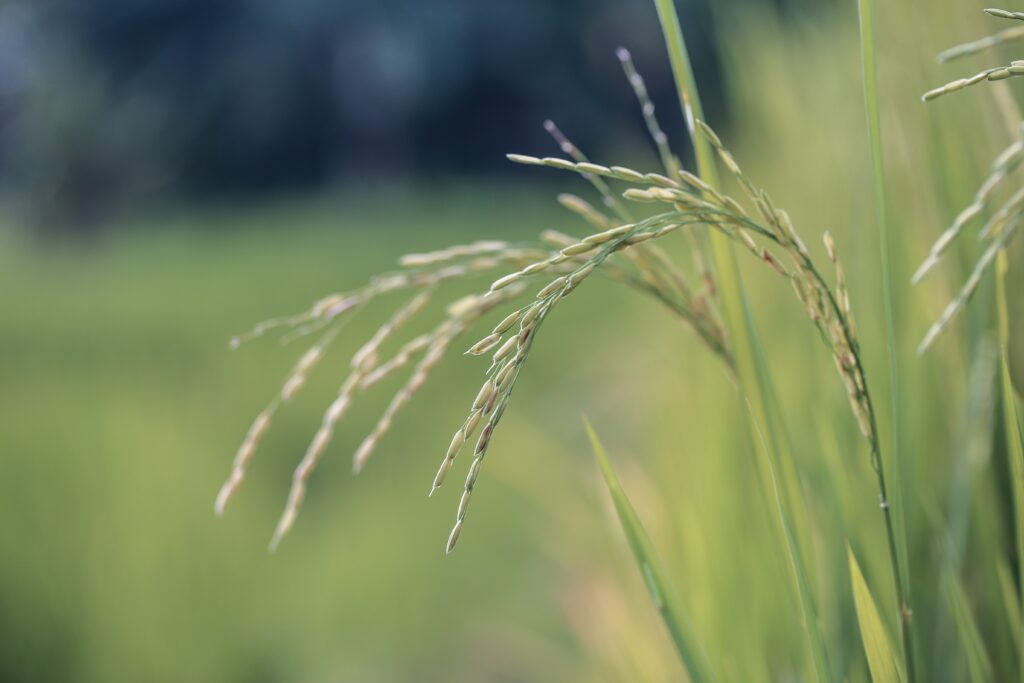
Instincts tell us what is edible and what is not. We recognize fruits as food in nature, but not grains!

Eating raw and unprocessed reveals what we can really eat in its natural form: everything that is appealing straight from nature is our food – this is our instinctual adaptive behavior. Everything that needs to be cooked to become edible or seasoned to be palatable and appealing is not natural human food.
Humans are adapted to simple carbs in fruits
Humans come from highly frugivorous ancestors. In fact, the newest discoveries in anthropology indicate that our species evolved in tropical forests, rather than the savanna, which has serious implications for the food sources available (meat vs. tropical fruits). What we can still see today is that human characteristic related to diet is still that of tropical frugivores. We have coevolved with fruits of tropical habitats. Our metabolism is well-adapted to the types of carbs and nutrients in fruits. This is also the evolutionary reason why humans (and chimpanzees alike) just love the sweet taste – we are meant to eat mainly the crabs from fruit!
There are many fascinating adaptations to frugivory and specialization to fruits as foods, like our vitamin C genes, color vision, complex hands, and a highly efficient uptake and use of fructose as an energy source in our cells! Fructose gets a bad reputation due to isolated high-fructose products. However, fructose in fruits is known to be suitable even when our insulin production is decreased. Read also our post on fruit consumption for people with insulin resistance.
Grains and fruits have different levels of toxicity and nutrition for humans
Every food has some level of toxicity, to which an organism adapts in an evolutionary timeline so that the body can efficiently deal with the compounds produced by the prey or edible plant or with the microorganisms found in the food source.
We must be aware that plants have toxic defense mechanisms: they protect themselves from being eaten. Basically, every part of the plant, the leaves, stems, roots, and especially the seeds, usually do have self-protective phytochemicals – except for the fleshy fruit part! Why? Fruits and their consumers have a symbiotic relationship where nutrition is exchanged for seed transport. Frugivores generally are seed dispersers.
These different ecological and evolutionary relationships have consequences on the toxicity of the food: Basically, grains contain toxins and energy storages (in the form of complex carbs) for the embryo, while fruits do not contain toxins and offer energy (simple carbs) and nutrients to the frugivore!
let’s explore:
Grains contain toxins for protection – fruits contain nutrients to attract seed-dispersing animals!
One essential difference between grains and fruits as food sources is that fruits and frugivores have a symbiosis, while grains and granivores have a predation situation. Consequently, the plants with the most toxic seeds have an advantage, as they are avoided by the consuming animal. On the other hand, the most nutritious and tasty fruits have an advantage, as the fruit-eating animal disperses the (unharmed) seeds of the best-tasting fruits:
Grains do not “want” to be eaten
Grains and legumes are the plants’ offspring – the seeds containing their embryos. Protecting the embryos from getting eaten is an evolutionarily successful strategy, which is why grains contain potent plant-protective components that put off consumers with toxicity.
This is simple biology and evolution: the protection of the next generation is crucial to a species’ survival. Thus, the plants that have the right genes and are good at it will bring effective natural pesticides into the seed. Good for them, not good for us, as we are not adapted to those toxins like grain-eaters are! Granivores have adapted to eating raw grains and have overcome the plants’ defense mechanism. It is an evolutionary battle.
As a consequence for our health, avoiding the massive amount of grains we eat today can improve health!
Fruits are “intended” to be eaten
In contrast to grains, fruits want to be eaten by seed-dispersing frugivores and, therefore, do not contain toxic self-defense phytochemicals that affect our health negatively! Paying-off of seed dispersers:
To attract seed-dispersing animals, they often contain a fleshy, nutrition-rich part. Fruits have evolved as the plant part that ensures seed dispersal by fruit-consuming animals. The nutrition of fruits is the pay-off for the mobilization offered by the animals.
Fruits are the seed-containing parts of a plant that develop from a flower. The seeds within fruits carry the embryo of the plant. Fruits are the part that ensures the dispersal of the next generation, which is sexually reproduced. In contrast to plant growth and offshoots, seeds carry new genetic variations of two parent plants. Frugivores usually do not digest seeds but distribute them!
Fruits and humans – a symbiosis that affects health
In contrast to eating grains, eating fruit is a symbiosis between plant and animal, meaning that both profit from it. Why is this relevant when exploring if the fruit is a suitable carbohydrate source for humans? Consider this: because the plants benefit if we eat their fruits! Consequently, fruits provide us with “clean” toxin-free energy and nutrients that it produces as a reward for the migration service.
Why are fruit carbs clean? Because the plant does not protect fruits with toxic defense chemicals like other plant parts do! Think about the potential positive health consequences of avoiding potent natural toxins by eating fruits instead of grains!
In conclusion, carbs from fruits are a better source of carbs for the human body than grains.
Read more about simple sugars and sugars in fruits here:
References
- Seed predation (2022) Wikipedia. Wikimedia Foundation. Available at: https://en.wikipedia.org/wiki/Seed_predation (Accessed: April 4, 2023). (link)
- Huang, X. et al. (2017) “Biology, physiology and gene expression of Grasshopper Oedaleus asiaticus exposed to diet stress from plant secondary compounds,” Scientific Reports, 7(1). Available at: https://doi.org/10.1038/s41598-017-09277-z. (link)
- (Petroski, W. and Minich, D.M. (2020) “Is there such a thing as ‘anti-nutrients’? A narrative review of perceived problematic plant compounds,” Nutrients, 12(10), p. 2929. Available at: https://doi.org/10.3390/nu12102929. (link)
- Lathyrism (2023) Wikipedia. Wikimedia Foundation. Available at: https://en.wikipedia.org/wiki/Lathyrism (Accessed: April 4, 2023). (link)
- K. Milton, Macronutrient Patterns of 19 Species of Panamanian Fruits From Barro Colorado Islands Neotropical Primates 15(1), (2008). Available at: https://nature.berkeley.edu/miltonlab/pdfs/neotropical.pdf (Accessed: April 4, 2023).


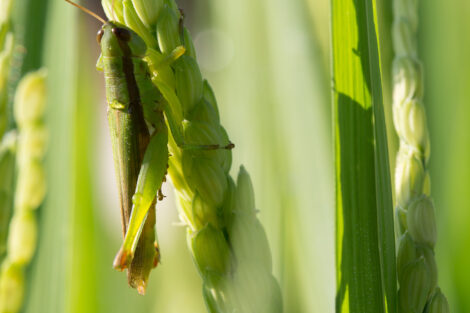


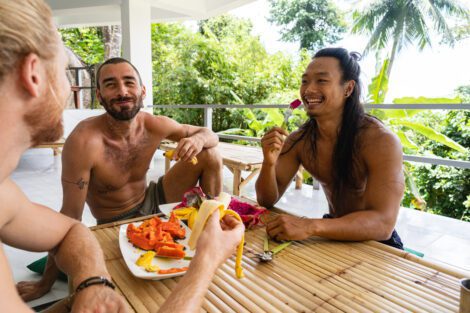


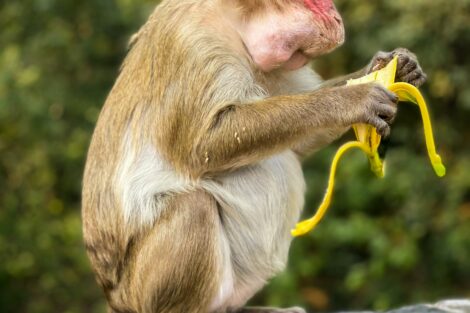
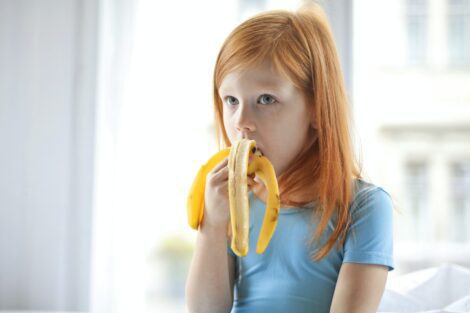
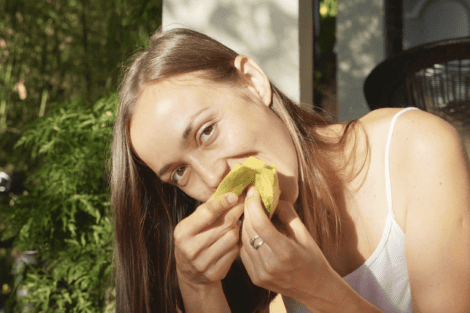




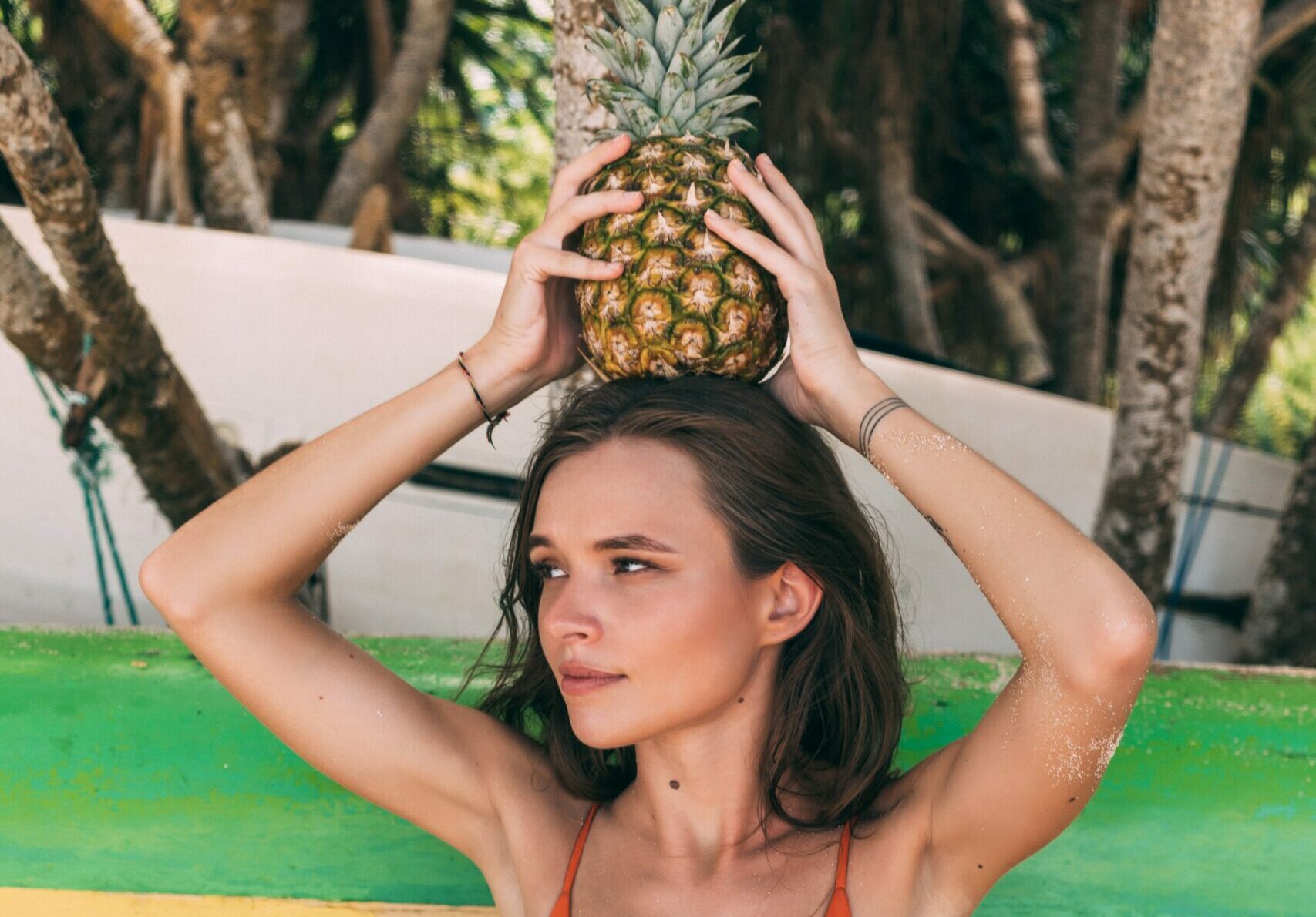
Add Comment